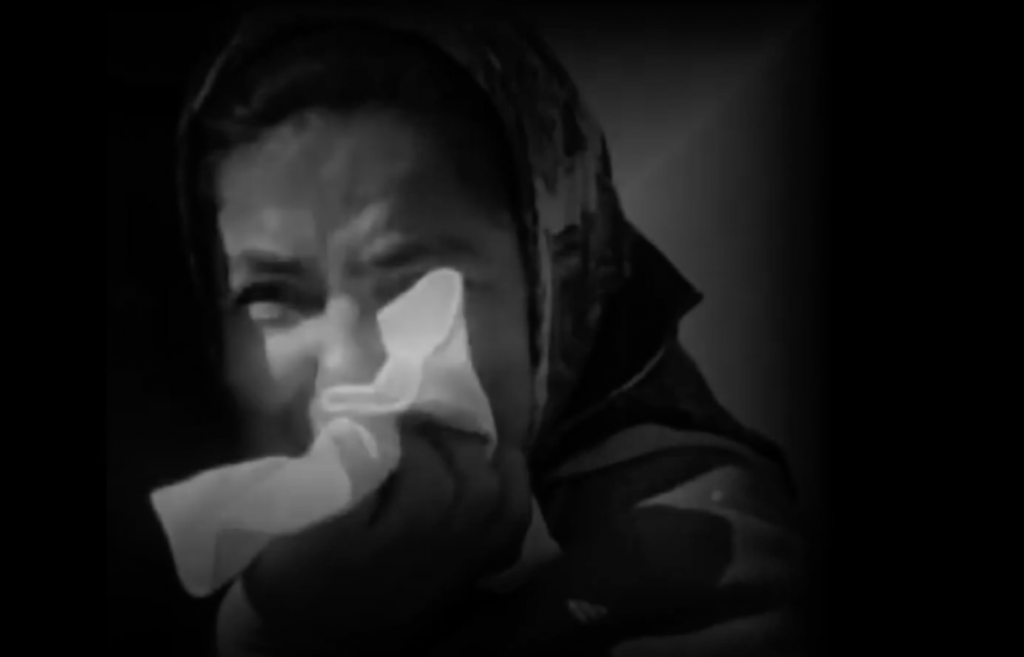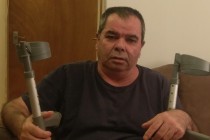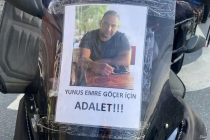The international community and media and many Cypriots often wrongly claim that Cyprus was split in 1974, when in fact the division had occurred a decade earlier.
This crucial detail is clear from reviewing historical archives and articles written by journalists present in Cyprus during or immediately after the outbreak of the Cyprus conflict on 21 December 1963. One of those was TIME Magazine’s European correspondent Robert P. Ball.
The American journalist penned a powerful piece titled “Cyprus: Death at High Noon”, published by TIME on 14 February 1964, which underlined the deep division that had taken hold following the collapse of the power-sharing Republic of Cyprus at the end of 1963:
“It will take gifted diplomacy to put Cyprus back together again. As clash follows clash between the Greek and Turkish Cypriots, the island, which is three-fourths the size of Connecticut, tends to become two countries instead of one, with two rival administrations, two police forces and two unmanageable rival armies.”
Ball goes on to describe how, within a few months of the outbreak of the conflict, the two Cypriot communities were torn apart, with virtually all mixed villages ceasing to exist and Turkish Cypriots forced to flee their homes:
“Originally there were 106 villages where Greeks and Turks lived together in peace if not in amity. Only 23 remain. From the others, Greeks and Turks—most often Turks—have fled to join their compatriots elsewhere.”
TIME, Feb 1964: “Originally there were 106 villages where Greeks and Turks lived together in peace if not in amity. Only 23 remain”
“Last week the Turkish flag flew over much of northern Cyprus from the seaport of Famagusta to the Turkish town of Lefka (see map). Throughout most of the rest of the island, Greeks are in control,” Ball continued.
These telling lines about the Turkish controlled part of the island are from February 1964, putting paid to another oft-quoted myth about Cyprus, that it was Turkey which split the island into the Turkish North and the Greek South – that division had in fact been created by the two Cypriot communities ten years before the Turkish army intervened.
Ball starts his TIME article by describing the events he had witnessed in the village of Agios Sozomenos, or Arpalık in Turkish, a few days earlier.
Located twelve miles south of the capital city Nicosia / Lefkoşa, the Turkish Cypriot village had come under siege from Greek Cypriots. Ball watched the events unfold from the vantage point of a nearby hillside.
TIME’s Robert Ball wrote in Feb. 1964: “As clash follows clash between the Greek and Turkish Cypriots, the island tends to become two countries instead of one, with two rival administrations, two police forces and two unmanageable rival armies”
“Greek Cypriots, armed with a variety of weapons, poured from neighboring villages. By noon they had surrounded Ayios Sozomenos and begun a battle that raged for five hours. At last, British troops, assigned the nearly impossible task of keeping the peace between the island’s 500,000 Greek and 100,000 Turkish Cypriots, arrived in sufficient force to compel a ceasefire.”
After the fighting stopped, Ball entered the village “to see the grisly results”, which he relayed as follows:
“Altogether the Turks lost seven dead and several wounded, but they gave a good account of themselves with their shotguns, killing a total of six of the better-armed Greeks and wounding eleven.
“Next morning a band of 50 armed Turkish Cypriots arrived to escort the 200 survivors of Ayios Sozomenos to the nearest Turkish strongpoint at Louroujina, four miles away.
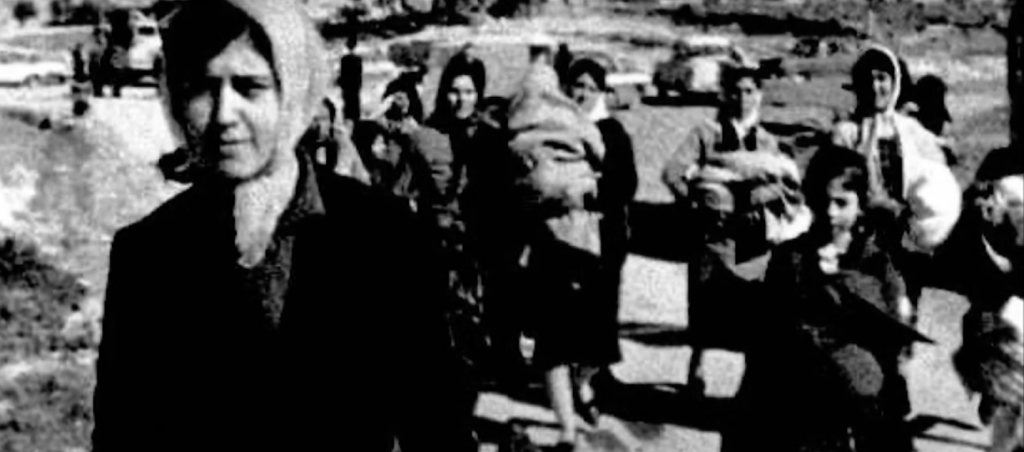
“As the villagers moved silently off with their flocks of sheep and few cattle, one member of the Turkish rescue column pleaded with a British lieutenant, ‘Please take the dead to Louroujina. We came to save the living. If you do not take the dead, they will be eaten by dogs.’”
Ball’s account verifies the testimony of Turkish Cypriot villagers who lived through the terrifying events of those two days. Their eyewitness accounts are captured in a newly released documentary ‘The Lost Villages of Cyprus – Arpalık (Agios Sozomenos)’ by the British Turkish Cypriot Association (BTCA).
The short film highlights the significance of Arpalık [meaning ‘Barley Field’ in English] which, as its name suggests, was an agricultural-based village. Its produce, including milk, barley and wheat, became an essential source of food for displaced Turkish Cypriots and resistance fighters in the capital and outlying areas after the outbreak of the conflict in December 1963.
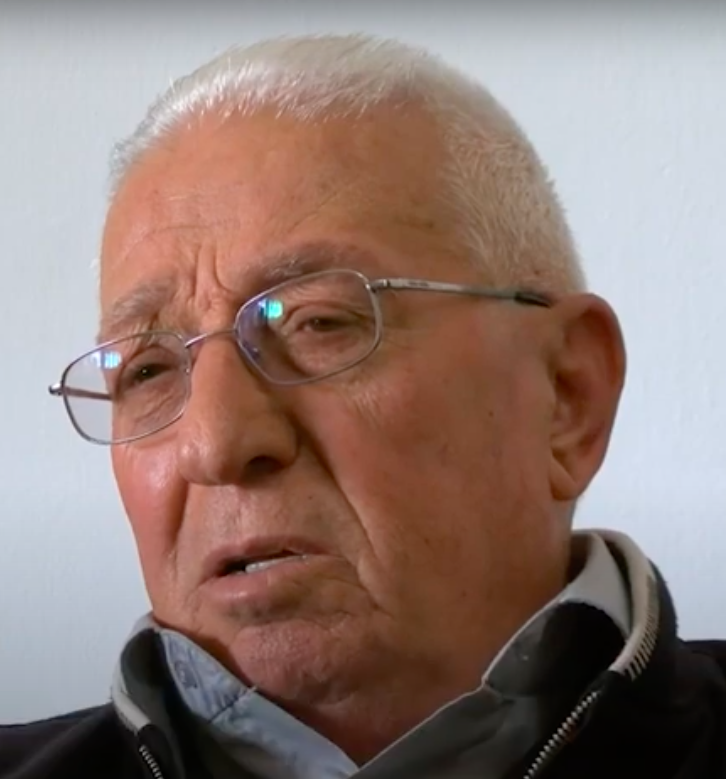
Turkish Cypriots from Arpalık believe their village came under attack in order to cut off these vital supplies. Among those killed on February 6, 1964, was an 11-year-old boy, İsmail.
BTCA’s 33-minute documentary includes interviews with Fikriye Büyükoğlu, who was forced to flee with her young family, all captured on the back of a truck by photographer Brian Seed. Also Erdoğan Arpalıklı, the Head of the Arpalık resistance fighters, who took part in the final stand to try and save the village during the siege by Greek Cypriots on 6 February 1964 and the forced evacuation a day later.
It also features an interview with Aysel Dizliklioğlu, who became an icon for the Turkish Cypriot resistance at the age of sixteen She had armed herself with a hunting rifle and a bullet belt to try and defend her village, before bravely leading the women and children to safety in nearby Luricina (Louroujina, also known as Akıncılar).
The teenager was married and pregnant at the time. Her husband was missing, abducted by Greek Cypriot terror group EOKA, and is now presumed dead. His body has never been recovered.
A Turkish Cypriot woman pictured ready to defend her village against Greek Cypriot attackers in Feb 1964 has been laid to rest following her death yesterday. The photo of a teenage Aysel Dizliklioğlu, taken by Brian Seed, became one of the symbols of Turkish Cypriot resistance. pic.twitter.com/RvabrEhl7m
— Eltan Halil (@eltanh) January 16, 2020
Aimed at an international audience, BTCA’s documentary draws on archive material and footage from a film by North Cyrus state broadcaster BRT to shed a vital light on this lesser known part of Cyprus’ recent tragic history.
It also shows the extent of the destruction of Turkish Cypriot villages ethnically cleansed of their citizens, with Arpalık, now part of South Cyprus, lying largely in ruins today.
The Arpalık film is BTCA’s second documentary, having previously produced ‘Cyprus Conflict: A Thousand Words; The Voice Behind the Image’ about Nevcihan Oluşum. The Turkish Cypriot woman from Gaziveren, northwest Cyprus, was the focus of an iconic photo by Sir Don McCullin, which won World Press Photo in 1964.

